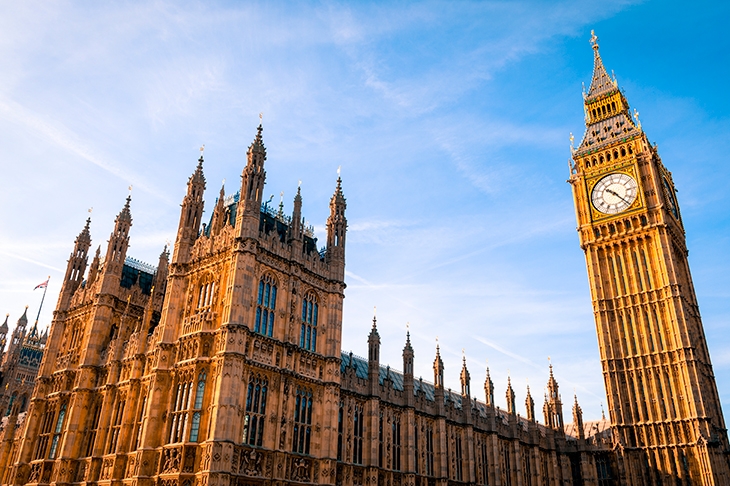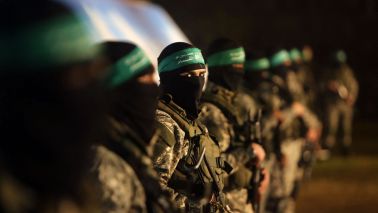Like a tongue searching for an absent tooth, I keep wondering if I’m missing anything from my two decades as a lobby hack. Friends, of course, and perhaps the vast, grey field of sloping slate as seen from the Times’s parliamentary office. That empty and silent space, the roof of Westminster Hall, seemed austere and indifferent, a mental refuge from the babble beneath and within. The opposite aspect, towards the crumbling guts of the Palace of Westminster, elicits more complicated memories.
I arrived in the press gallery aged 30 to take a job as Westminster correspondent for a clutch of provincial papers. On my first day my new colleagues took me to tea at 4 p.m. in the dining room. There was also a bar with its own barflies and a barman named Clive.
It was 1998 and the lobby was gearing up for a fight with an aggressive Downing Street. Soon there were rumours that No. 10 wanted to televise the daily briefings. Which is to say there is nothing new in SW1 — but everything grows older.
The lobby, a collective name for journalists accredited to report from parliament, attracts criticism, a lot of it nutty. It is said, sometimes simultaneously, to be too cosy and too confrontational. Given the complexity of its ecosystem, from the client-journalists wafting gently about their hosts to bull sharks on relentless patrol, it’s hard to make general criticism stick.
Hard but not impossible — and if the latest attempts to televise the daily press briefings actually come to fruition there is danger all around. The current off-camera sessions are on most days a joyless dance that fails to build even to an anti-climax. Bring in cameras, and the patient probing that winkles out news won’t be clipped for social media: the ‘car crash’ moments — on both sides — most definitely shall.








Comments
Join the debate for just £1 a month
Be part of the conversation with other Spectator readers by getting your first three months for £3.
UNLOCK ACCESS Just £1 a monthAlready a subscriber? Log in